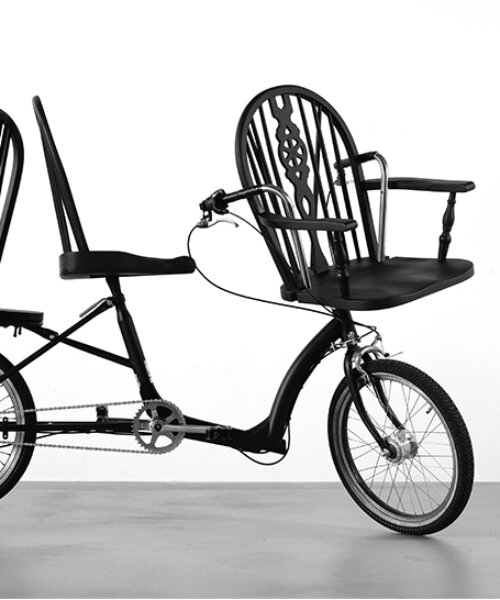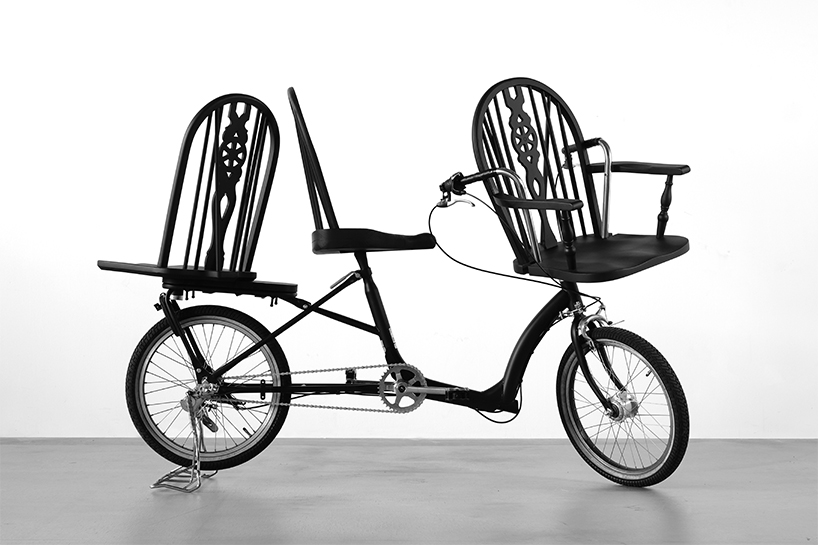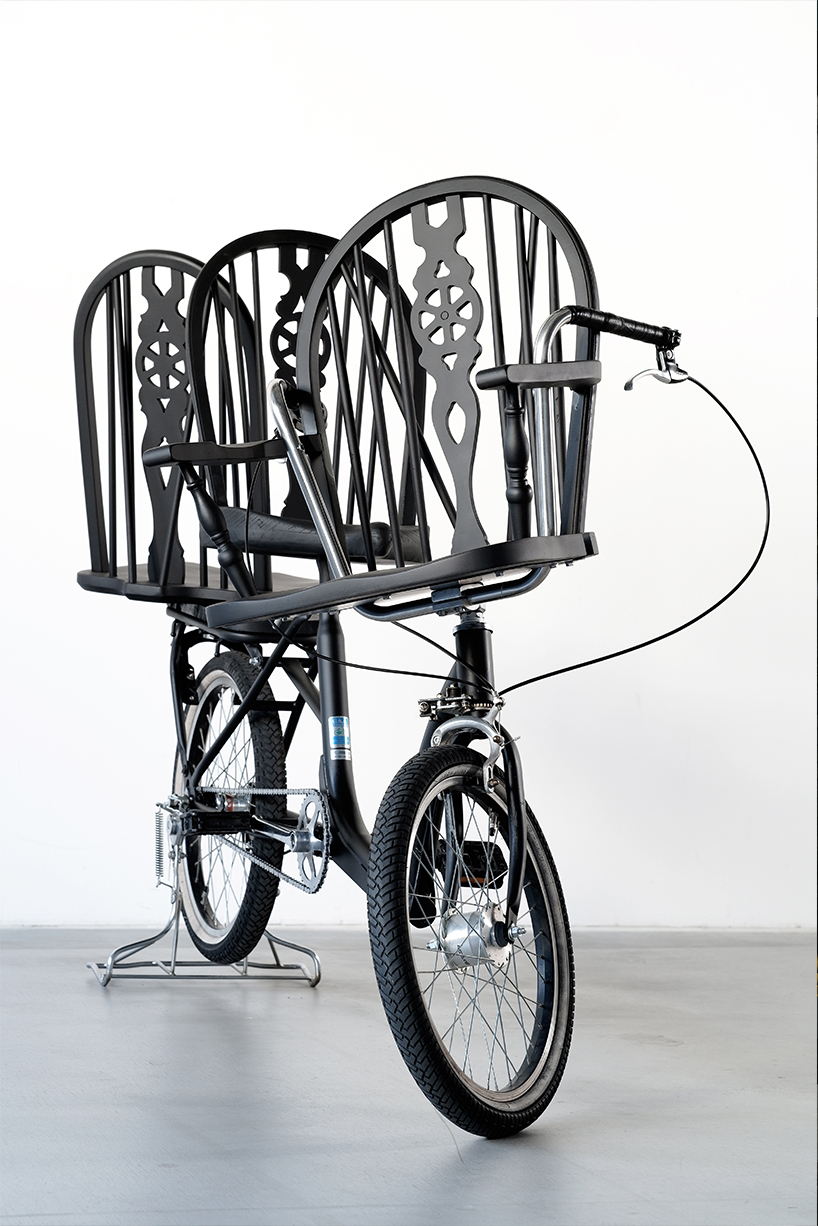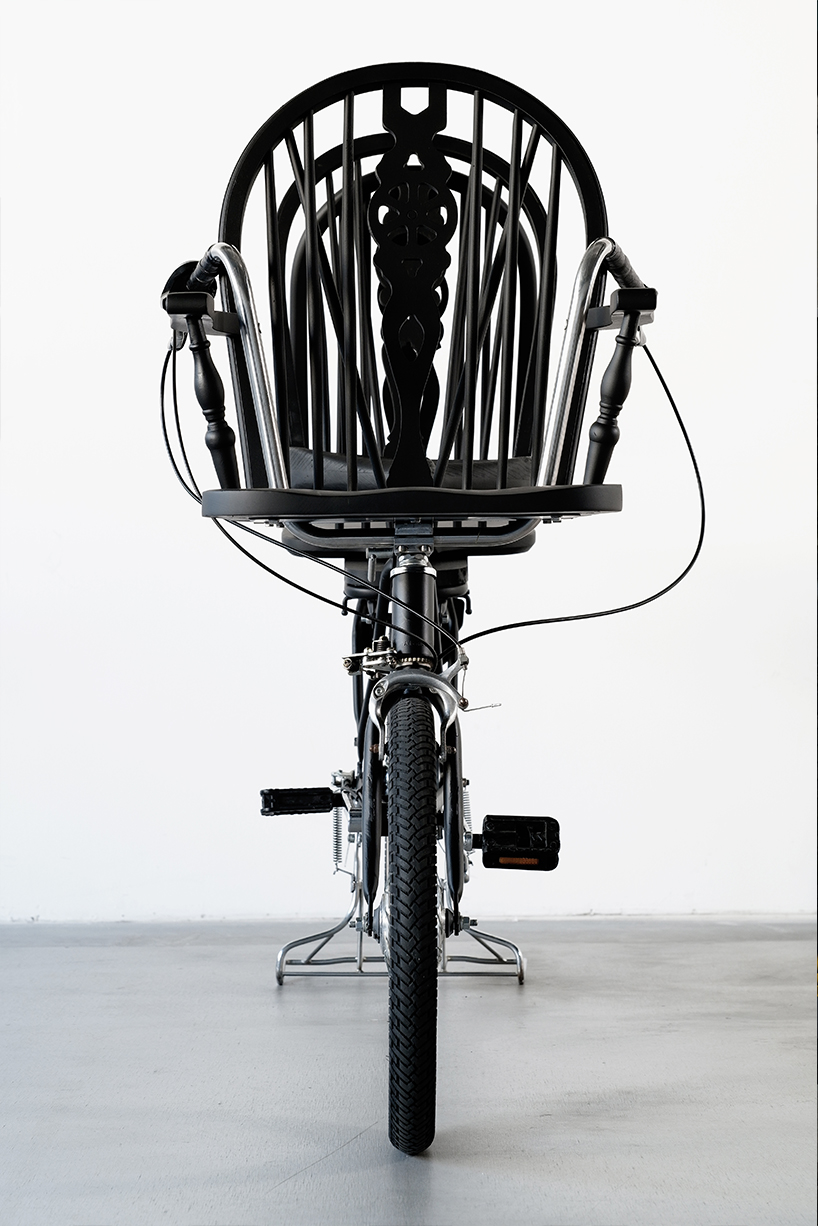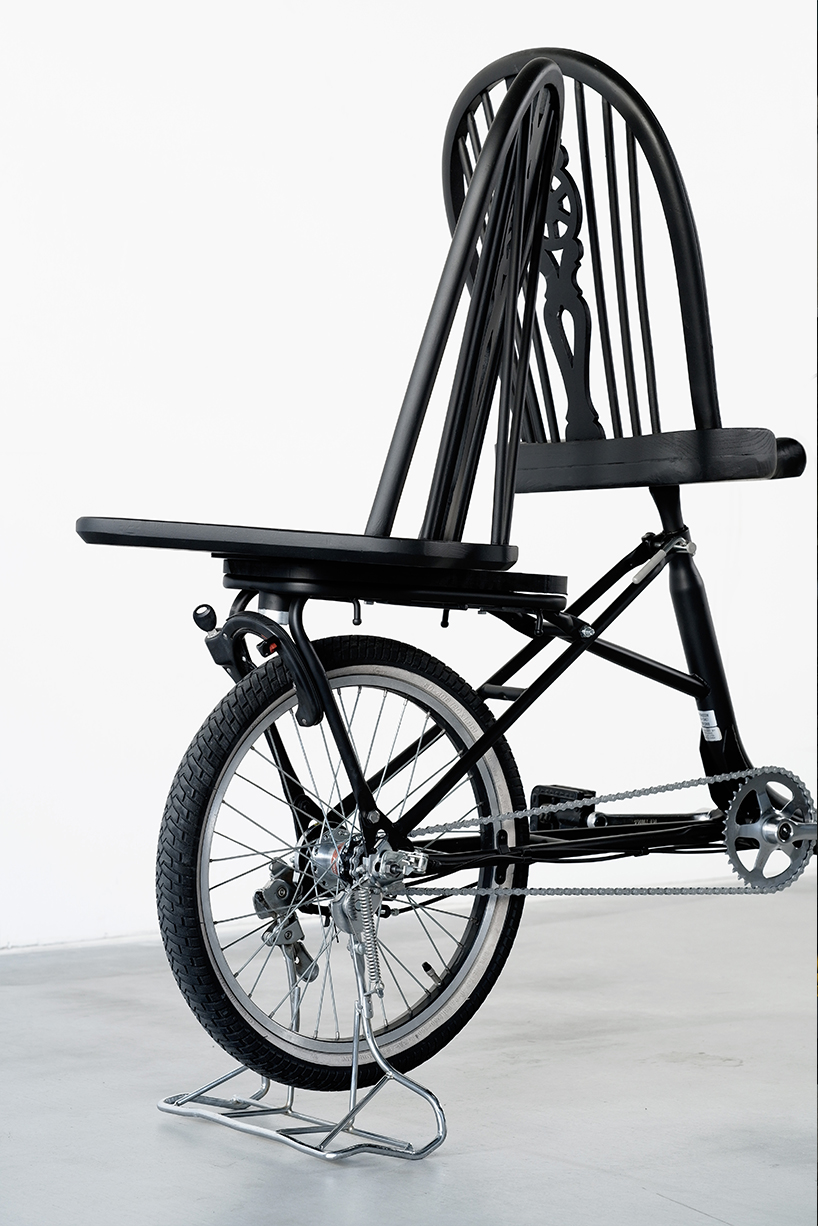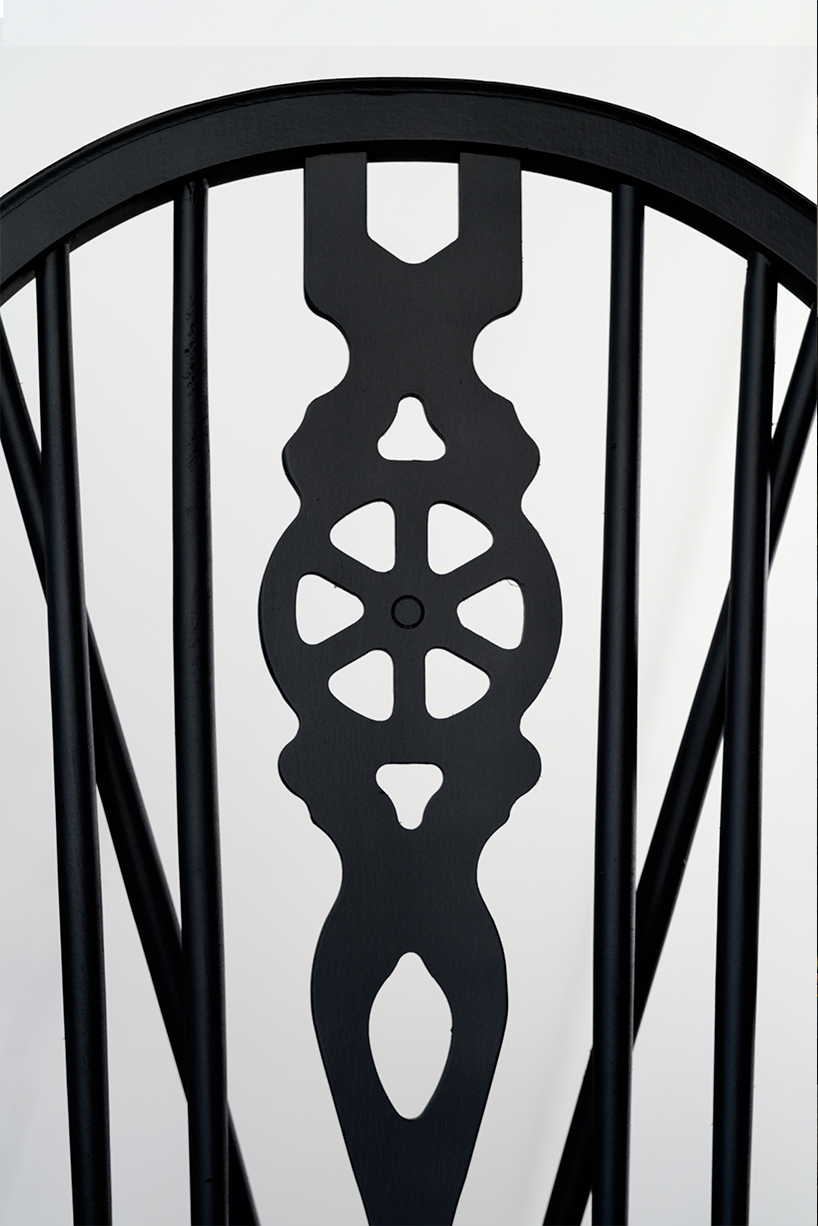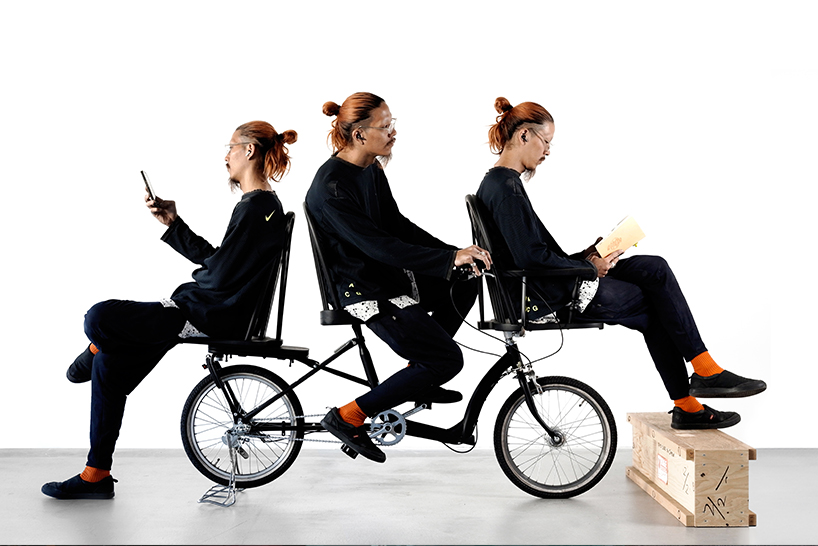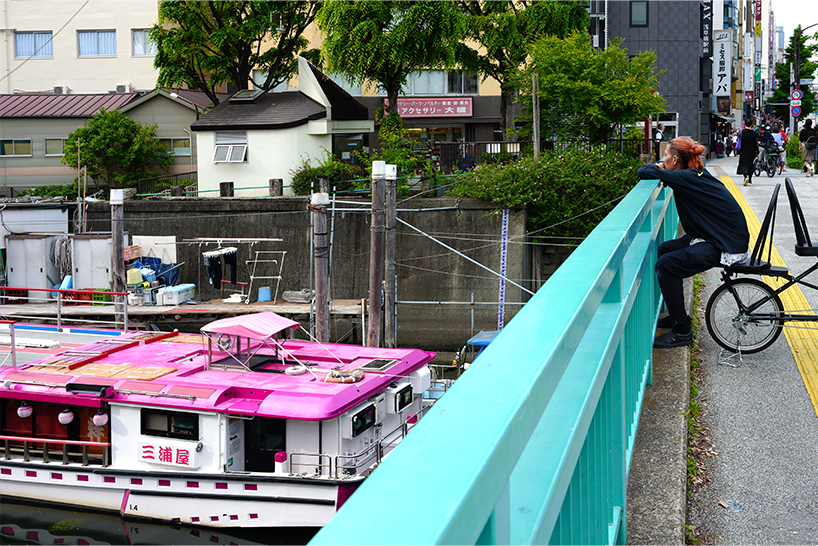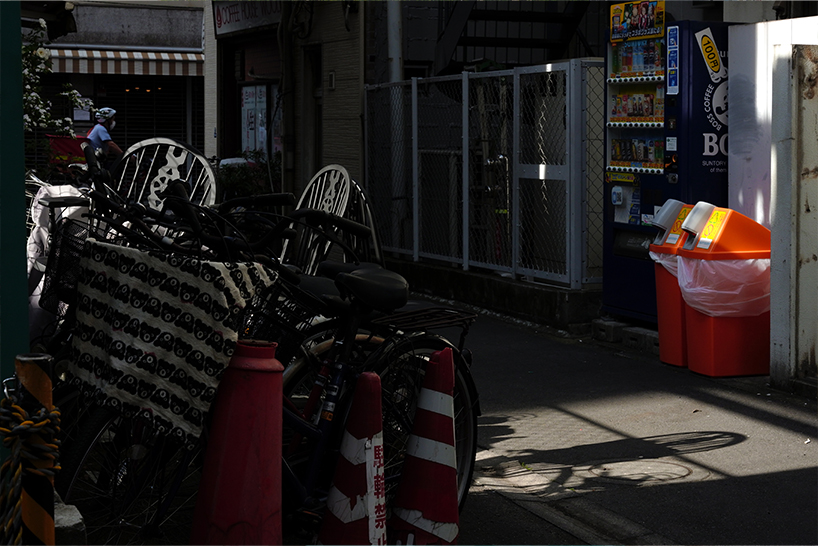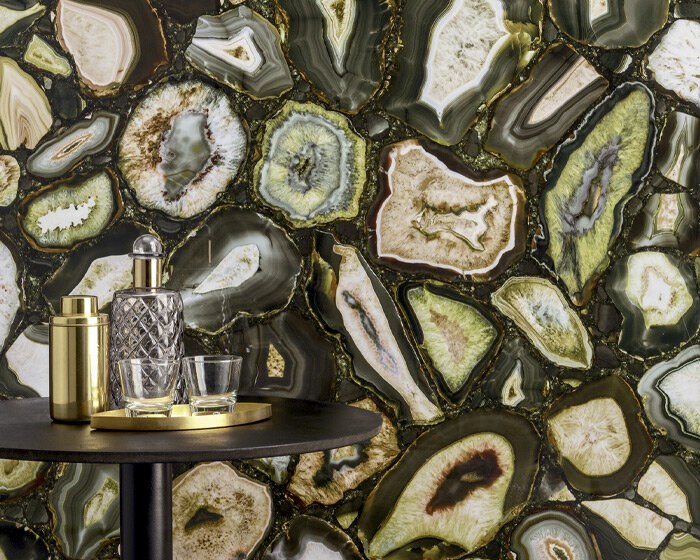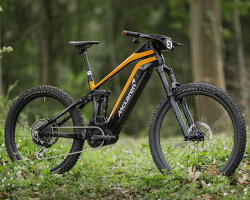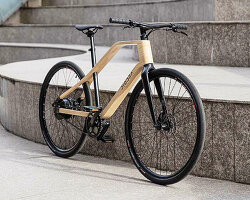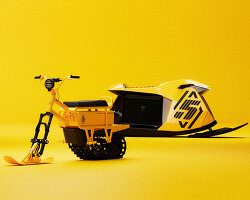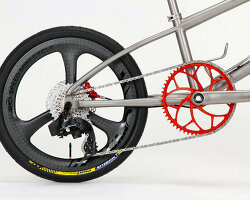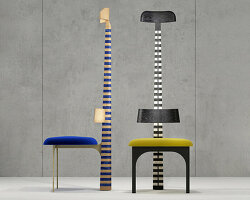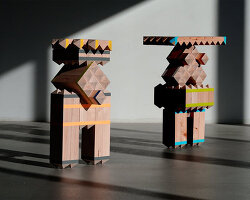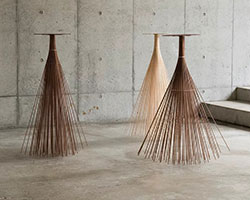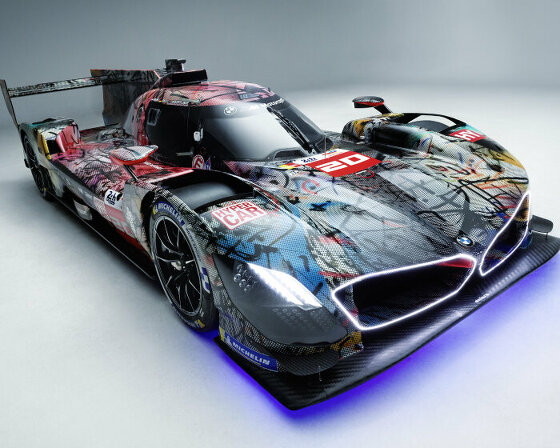KEEP UP WITH OUR DAILY AND WEEKLY NEWSLETTERS
happening now! for over 50 years, florim ceramiche spa has been creating porcelain stoneware ceramic surfaces for all architecture, building industry and interior design needs – explore the new mystic luxe collection on designboom!
PRODUCT LIBRARY
the nest house is perched above a lush, multi-story garden, creating the illusion of a floating residence.
connections: +4270
its thin-shell aluminum construction devised by computation rises and contorts, unfolding like the petals of a flower.
behind a glimmering facade of perforated metal, SO – IL integrates outdoor terraces to evoke a familiar 'front porch.'
the 20th BMW art car by artist julie mehretu will compete at the 24 hours of le mans endurance race in june 2024.
connections: +1100
